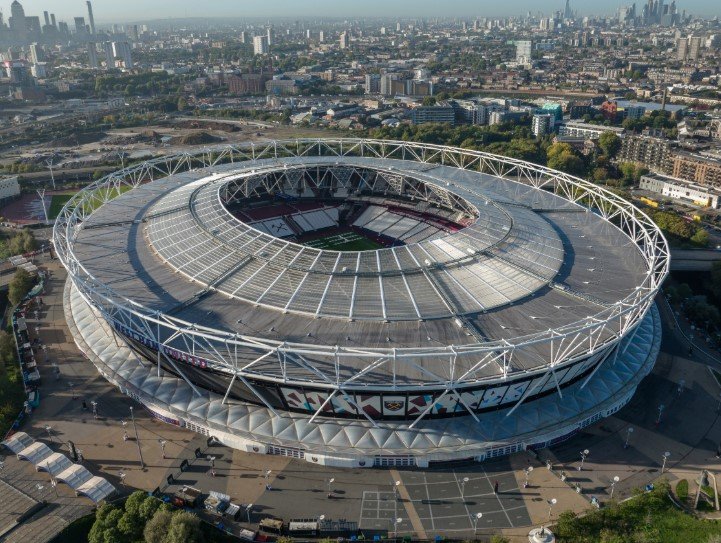The London 2012 Olympics thrilled billions with athletic triumphs and grand spectacles, but behind the scenes, chaos loomed large. Bestselling author Jeffrey Archer, in his new novel End Game, uncovers 13 dramatic incidents that almost turned the Games into a national embarrassment for the UK.
Security Scares That Tested Limits
Massive crowds and global attention made security a top priority for the London 2012 Olympics. Organizers faced threats that could have sparked panic or worse.
One major crisis hit when private security firm G4S failed to deliver enough guards. This shortfall forced the British military to step in with thousands of troops at the last minute. Without this quick fix, venues might have faced dangerous understaffing.
Cyber threats also loomed. Reports from that time show hackers targeted power supplies before the opening ceremony. Officials even adjusted traffic lights to ease movement for key personnel during bids.

Bomb scares added tension. Intelligence pointed to potential attacks on less guarded spots like train stations, where crowds gathered to watch events on big screens.
Diplomatic Mix-Ups and Protocol Fails
International events like the Olympics demand flawless diplomacy, but London 2012 saw slips that risked offending nations.
A flag blunder stood out during a women’s football match. The South Korean flag appeared on screens for the North Korean team, sparking fury. A swift apology from organizers calmed the storm, especially after North Korea’s win.
Another incident involved a gatecrasher at the opening ceremony. An unauthorized woman marched with the Indian team, raising questions about entry checks. She turned out to be a performer, but the breach highlighted gaps in protocol.
Empty seats plagued early days. Sold-out events showed visible gaps reserved for sponsors, frustrating fans and drawing media scrutiny.
Logistical Nightmares Behind the Glory
Building and running the Games involved massive logistics, and several hiccups nearly derailed operations.
Construction safety set records for low incidents, but potential disasters lurked. Workers dealt with hazardous materials and tight deadlines, yet avoided major accidents through strict protocols.
Transport woes hit hard. Overloaded systems caused delays, and one clock meant to count down to the Games stopped working, symbolizing broader readiness fears.
Ticket sales sparked outrage. High demand led to scalping and access issues, leaving some fans locked out of key events.
- Lost Keys Crisis: Security teams misplaced keys to Wembley Stadium, forcing a lockdown and frantic search just before matches.
- Weather Woes: Heavy rain threatened outdoor events, with contingency plans barely holding off cancellations.
- Athlete Village Drama: Reports of plumbing failures and overcrowding in accommodations added stress for competitors.
Doping Scandals and Fair Play Battles
The push for clean Games clashed with cheating attempts, tainting what should have been pure competition.
Over 100 athletes faced bans for doping, including medal winners. This made London 2012 one of the most tainted Olympics despite anti-doping efforts.
Retrospective tests revealed more cheats years later. Women’s 1500m saw multiple disqualifications, showing how deep the problem ran.
Officials ramped up testing, but the scandals underscored ongoing battles in sports integrity.
| Incident Type | Description | Impact |
|---|---|---|
| Doping Cases | Over 100 athletes caught, dozens of medallists stripped | Damaged trust in fair play |
| Flag Error | Wrong national flag displayed for team | Near diplomatic crisis |
| Security Shortfall | G4S failure led to military intervention | Prevented potential breaches |
| Empty Seats | Reserved spots left venues looking sparse | Public backlash and media storm |
| Gatecrasher | Unauthorized person in parade | Highlighted protocol weaknesses |
Lessons from Near Misses and Lasting Impact
These close calls did not stop the Games from succeeding, but they shaped future events. Paris 2024 Olympics, for example, faced similar break-ins at athlete villages, echoing 2012 security concerns.
Archer’s book dives into these stories, blending fact with fiction to show the human effort behind the spectacle. As we look back in 2025, with global events still facing threats, these tales remind us of resilience.
Experts now stress better planning. Advances in tech, like AI for crowd monitoring, build on 2012 lessons to make events safer.
What do you think about these behind-the-scenes stories? Share your thoughts in the comments and pass this article to friends who love Olympic history.








